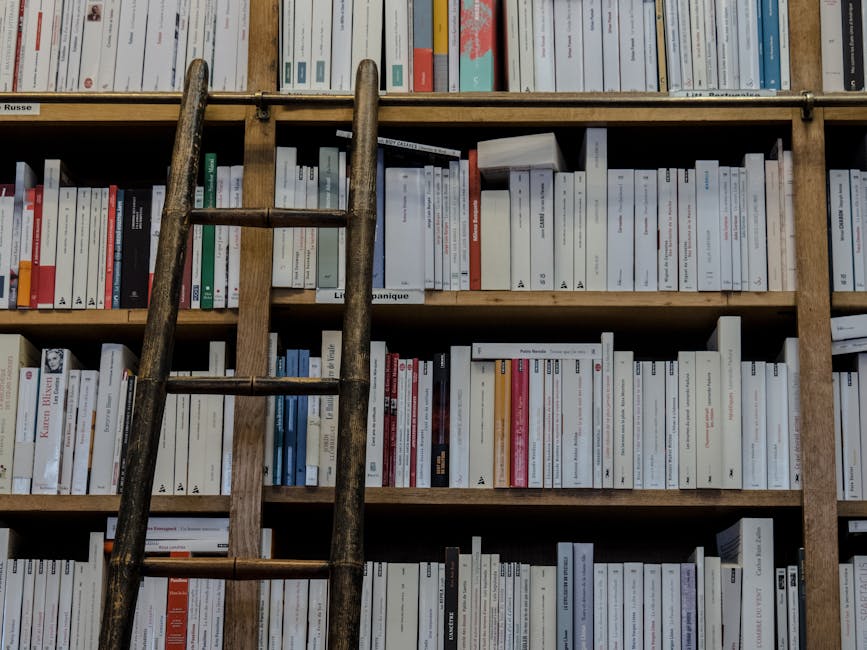The scientific method is a systematic process used by scientists to investigate natural phenomena, acquire new knowledge, or correct and integrate previous knowledge. Observation and experimentation are two key components of the scientific method that work in tandem to support the development of scientific theories and models.
Observation:
Observation is the first step in the scientific method and involves using the senses to gather information about a particular phenomenon. Scientists carefully observe and document the characteristics, properties, and behavior of the subject of study. Observation can be done through direct sensory experience, such as watching a chemical reaction occur in a laboratory, or through indirect methods like using instruments to measure temperature, pressure, or other variables.
Observation is crucial because it provides the raw data that scientists use to form hypotheses and design experiments. By accurately recording and analyzing observations, scientists can identify patterns, relationships, and trends that help them understand the underlying mechanisms of the natural world.
Experimentation:
Experimentation is the process of designing and conducting controlled tests or investigations to test hypotheses and theories. Through experimentation, scientists manipulate variables, observe the effects, and collect data to support or refute their hypotheses. Experiments are often conducted in a controlled environment to minimize external influences and ensure the validity and reliability of the results.
Experimentation allows scientists to test specific predictions, validate theories, and uncover new knowledge about the natural world. By systematically varying one or more factors and observing the outcomes, scientists can establish cause-and-effect relationships and draw meaningful conclusions about the processes and mechanisms at work.
The Connection Between Observation and Experimentation:
Observation and experimentation are interconnected in the scientific method and rely on each other to generate reliable and meaningful results. Observations provide the initial data and insights that guide the formulation of hypotheses, while experimentation allows scientists to rigorously test these hypotheses and draw valid conclusions.
Observation informs experimentation by helping scientists identify relevant variables, define research questions, and develop testable hypotheses. Careful observation ensures that experiments are well-designed, relevant, and aligned with the goals of the research. In turn, experimentation validates observations by providing empirical evidence and supporting or refuting the proposed explanations for natural phenomena.
By combining observation and experimentation, scientists can refine their understanding of the natural world, generate new knowledge, and contribute to the advancement of scientific theories and models. The iterative process of observation and experimentation allows scientists to build on existing knowledge, correct misconceptions, and continuously improve their understanding of the complex and diverse phenomena that shape our world.
